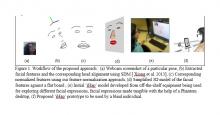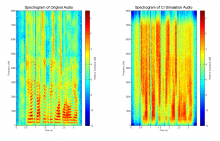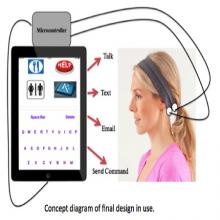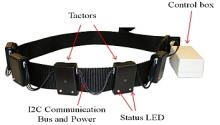
Dr. Troy L. McDaniel
Position
Department
Joined CUbiC
Contact
History
Former ASU student.
Research Profile
My research interests span the areas of haptics, human-computer interaction and assistive/rehabilitative technology. In particular, I explore the sense of touch as a receptive channel in the context of information delivery via electronic devices and displays. My research focus targets both (1) applied and (2) core research contributions within haptics: (1) Assistive haptics technologies for individuals who are blind such as social interaction assistants, and rehabilitative haptics technologies for individuals with motor impairments such as stroke; and (2) Psychophysics, multimodal displays, and device design. I completed my dissertation, "Somatic ABC's: A Theoretical Framework for Designing, Developing and Evaluating the Building Blocks of Touch-Based Information Delivery", in 2012 under the guidance of Dr. Sethuraman Panchanathan.
Publications
Projects
People who are blind have the inherent tendency of exploring their interaction partner’s face to know them better and feel closer. This becomes a necessity when partners become engaged in a conversation and want to be aware of the different facial expressions. Current…
The goal of this project is to build a moble-based simple TBI repository system that consists of top down classification of players where leaf nodes represent individual players and the parent nodes represent the relationship (Club/ Team/ Sport) that binds the child…
People with auditory disabilities are at a disadvantage due to their inability to access the details of their surroundings conveyed through sound. Though a cochlear implant can empower a person to interact socially, it lacks an adequate resolution to provide the rich…
For paralyzed persons who still retain high-level mental function, patients with neurodegenerative diseases such as locked-in syndrome or Amyotrophic Lateral Sclerosis (ALS), or patients recovering from a stroke or just out of surgery, communication becomes an extremely…
Recently, much research in the area of haptic technologies has focused on the development of waist-worn haptic belts, also known as vibrotactile or vibration belts, as a substitution or augmentation modality for audio-visual information. Vibrotactile belts have been used…








